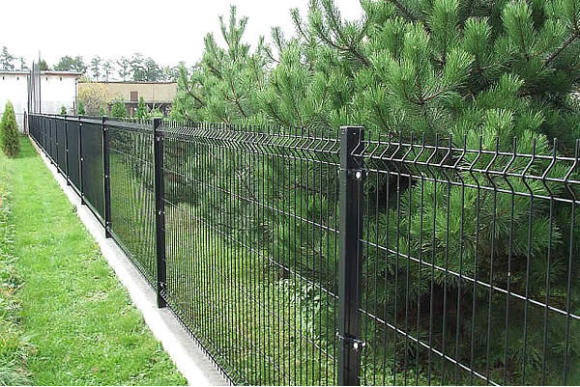 TEL:
+86-13102802206
TEL:
+86-13102802206
 Email:
fencenetting@china.com
Email:
fencenetting@china.com
 Language
Language
 TEL:
+86-13102802206
TEL:
+86-13102802206
 Email:
fencenetting@china.com
Email:
fencenetting@china.com
 Language
Language


Understanding Cattle Fence Wire A Comprehensive Guide
In agricultural practices, particularly in livestock management, ensuring the safety and security of animals is paramount. One of the key components in this aspect is the use of cattle fence wire. This material serves not only as a boundary to confine cattle but also helps to prevent intrusions from wildlife or unwanted animals. In this article, we will explore various aspects of cattle fence wire, including its types, applications, benefits, and installation techniques.
Types of Cattle Fence Wire
Cattle fence wire comes in several types, each designed for specific needs and circumstances. Here are some common varieties
1. Barbed Wire This is perhaps the most recognized type of cattle fence wire. It consists of twisted strands of wire with sharp barbs spaced at intervals. Barbed wire is effective for keeping cattle contained and deterring potential intruders. However, farmers must handle it with care as it can pose a risk of injury to both humans and animals.
2. Non-barbed Wire Compared to barbed wire, non-barbed options, such as smooth wire or high-tensile wire, provide a safer alternative. While they may not have the same deterrent effect, they are easier to install and maintain. Smooth wire is ideal for high-tensile fences that can withstand strong impacts without sagging.
3. Electric Fence Wire This type incorporates electrical voltage, delivering a mild shock to animals that touch it. Electric fencing is highly effective in containing cattle, as it requires minimal physical barriers. It is often combined with other fence types to enhance its effectiveness.
4. Composite Fencing This innovative solution blends materials like high-tensile wire with synthetic components. Composite fencing offers durability, low maintenance, and resistance to pests and weather, making it a popular choice among modern farmers.
Applications of Cattle Fence Wire
The applications of cattle fence wire extend beyond simple containment. Proper fencing techniques contribute significantly to farm management and can support rotational grazing, thus enhancing soil health and forage quality. In addition, effective fencing safeguards crops from livestock damage and protects cattle from predators.
Benefits of Using Cattle Fence Wire
Utilizing cattle fence wire presents several advantages

- Security A sturdy fence acts as a barrier, preventing cattle from wandering off and protecting them from predators
. - Durability High-quality cattle fence wire is designed to endure harsh weather conditions and the test of time, reducing the need for frequent replacements.- Cost-Effectiveness Investing in a dependable cattle fence wire can save farmers substantial amounts in the long run due to decreased repair and maintenance costs.
- Flexibility Various types of cattle fence wire can be tailored to meet specific needs, whether for large open pastures or smaller enclosures.
Installation Techniques
Proper installation of cattle fence wire is crucial for effectiveness. Here are some essential steps
1. Planning Determine the dimensions of the pasture and mark where the fence will be installed. Ensure compliance with local regulations regarding fencing.
2. Post Placement The quality of posts used is critical. Wooden or metal posts should be placed at regular intervals, ensuring they are sturdy enough to withstand pressure.
3. Wire Application Depending on the type of wire, apply it carefully between the fence posts. If using barbed wire, ensure the barbs face outward to prevent animals from pushing against the wire.
4. Testing After installation, it’s important to test the fence for stability and effectiveness. For electric fences, checking the voltage is crucial to ensure it is functional.
5. Maintenance Regular inspections and maintenance will help prolong the life of the fence. Look for signs of wear and tear, rust, or damage that may require immediate attention.
Conclusion
Cattle fence wire plays a pivotal role in livestock management, providing security, durability, and flexibility in farm operations. By understanding the types of wire available, the applications they serve, and how to properly install them, farmers can enhance their fencing systems, ensuring the welfare and safety of their cattle. In a world where agricultural efficiency is vital, investing in quality cattle fence wire proves to be a fundamental aspect of successful livestock management.